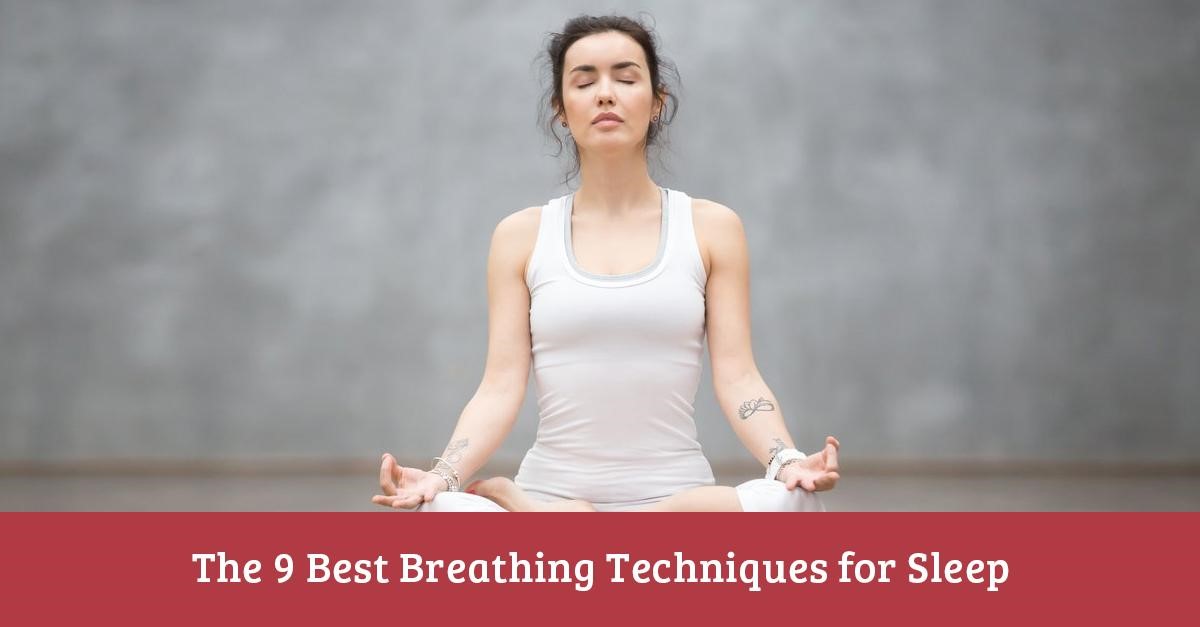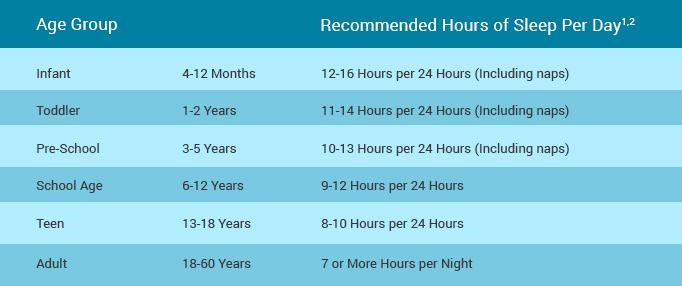Table of Contents
We spend almost one-third of our life sleeping. Quality sleep is essential for one’s well being and for good health. As per the American Academy of Sleep Medicine(AASM) and the Sleep Research Society(SRS) recommends 7 or more hours of sleep for adults to maintain optimum health. However, people find difficult to achieve this seven or more hour of sleep owing to the environmental and lifestyle factors. If you are having problems to fall asleep, then this article might be of your interest.

Health effects of not sleeping well
Even one night of short or disturbed sleep can affect you the very next day. You are more likely to be in a very bad mood and less productive at work. There are also cases that people encounter motor accidents due to sleep deprivations.
Knowing how lack of sleep affects your health helps you make healthier decisions.
According to the Centers for Disease Control and Prevention, lack of sleep leads to obesity, diabetes, high blood pressure, stroke, coronary heart diseases, and even early death.
The main effect of sleep deprivations includes:
● Physical effects- Sleepiness, fatigue, irritability, frustration, hypertension and a weakened immune system.
● Cognitive impairment- Poor attention and motivation, deterioration of performance, and declined concentration.
● Mental effects- Depression, stress, mood swings, emotional distress, and anxiety.
How much sleep should you get every day?
The American Academy of Sleep Medicine and the Sleep Research Society recommend:

Breathing Techniques for Sleep
You might have heard yoga and meditation are effective for sleep deprivation. Truth be told, breathing is also effective in treating lack of sleep.
Breathing techniques are easy to follow, the more oxygen enters the body you experience a relaxing feeling in your body. You can practice “controlled breathing” which can lower heart rate and blood pressure.
Practicing breathing techniques banishes negative thoughts & anxiety and promotes calmness where you can easily settle down for sleep.
#1 4-7-8 breathing technique
The 4-7-8 breathing technique was proposed by DR. Andrew Weill, who claims “it puts you to sleep in 60 seconds”. This breathing technique was derived from Pranayama- an ancient Vedic technique of breathing gymnastics.
Before you start this technique, choose a comfortable position. Now, exhale completely to empty your lungs and then make a full inhaling through your nose. Hold your breath for 7 seconds and again exhale.
Repeat this breathing cycle 8 times.
This breathing technique alleviates stress caused due to oxygen deprivation and makes you fall asleep fast.
#2 Mindful breathing
This is a very easy way of breathing, where you simply inhale and exhale. Choose a comfortable position, deep inhale through your nostrils for 3 seconds. Then hold your breath for 1-2 seconds and exhale through your mouth for 4 seconds. Mindful breathing increases your concentration and relieves stress & depression.
Regular practice of mindful breathing before sleeping calms & relaxes your mind, thereby help you sleep better.
#3 Diaphragmatic breathing
Also called deep breathing, this technique is done by contracting the diaphragm. During this type of breathing, air enters the lungs, chest rises and the belly expands.
Diaphragmatic breathing increases the amount of oxygen reaching the bloodstream. This breathing technique interprets the ‘Fight or Flight’ response and relaxes the body. This type of breathing is recommended for patients with chronic obstructive pulmonary disease.
To do this breathing exercise, lie on your back in a flat surface with knees bent and head supported. In order to feel the diaphragm as you breathe, place one hand in the chest and the other below your rib cage. Now breathe in through your nose, the hand on your stomach rises and falls with your breaths. Later, breathe through pursed lips and you will be able to breathe in and out. Following this breathing technique reduces stress and promotes good sleep.
#4 Alternate Nostril Breathing
This breathing technique is the best for those who cannot focus well on breathing exercises. Because you will have to remember and concentrate on which nostril you are breathing.
To simply put, this breathing exercise is done by closing one nostril with your finger and breathing through the other and vice-versa. Basically, you are blocking one nostril while inhaling and exhaling through the other.
This kind of nasal breathing technique relieves stress and sinusitis thereby improves your sleep problems.
#5 Count your breath
As the name implies, this is the best way to stay focused on your breathing exercise. You can try this technique simply sitting or lying in your bed.
To practice this breathing technique, just take a deep breath and exhale to count one. Then take another deep breath and exhale to count two, repeat this process up to the count five.
Do not go over five counts.
This breathing technique keeps you focused and empties your mind. It is recommended to practice this counting breathing technique before bed to fall asleep fast.
#6 Visualizing breath
This is a very simple breathing exercise, which involves in visualizing your breathe. Just deep inhale and imagine the air traveling from your nostrils to your entire body.
This kind of visualizing breathe, allows you to focus more and activates your parasympathetic nervous system.
Hence this breathing technique lowers your heart rate, relaxes, & clam downs and prepares you to drift off soon.
#7 Humming bee breath
This technique of breathing is called “brahmari”, Sanskrit word that means “bee.” This breathing technique resembles the humming sound that bees make. Regular practice of this “brahmari” creates relaxation and relieves anxiety.
To practice bee breath, sit comfortably and place your index fingers on your ear cartilage. Take a deep breath in and while you exhale gently press the cartilage. Keep pressing the cartilage in and out and make a humming sound like a bee.
The buzzing sound soothes the mind and has a natural calming effect. Continue this breathing for 3-4 times until you feel relaxed.
Do bee breathing before going to bed, as it calms the nerves around your brain enabling you to have a good slumber.
#8 The Papworth method
The Papworth method is developed in the 1960s by the Papworth Hospital in England. It is a specific diaphragmatic breathing technique which features nose breathing. This breathing technique has been meant to aid depression and anxiety.
This breathing is very simple to practice where you inhale and exhale. You should focus on your stomach rising and falling. The breathing should involve the diaphragm and abdomen rather than the chest.
The Papworth method is considered to be very effective in treating asthma. You should consider doing this breathing exercise daily to keep anxiety and stress at bay.
Individuals practicing this method has witnessed good results as they drift off easily without any stress.
#9 Equal breathing
Equal breathing is very easy and even kids can practice it. This breathing technique calms the nervous system and reduces stress. As the name implies, this breathing technique is based on “equal” breaths. This means you exhale the same amount of time as you inhale.
To practice, just deep inhale and hold the breath to count four. Exhale and count to four and continue the pattern. Both your inhalation and exhalation length should match each other. Equal breathing is simple to follow and assuredly help you sleep.
Hit the sack
The above-mentioned breathing techniques are easy to follow and help you drop off to sleep. Practicing the breathing techniques help you sleep like a log. Do not focus more on breathing exercises and strain your body. Leave your body to calm through natural breathing. If you still do not sleep a wink, consult your doctor.
Author Bio
Gifty narkani is a content writer in Pulse Pharmacy. Gifty is exclusive in ghost blogging, blog publishing, and social media campaigns. She believes in the fact that being healthy and fit isn’t a trend, it’s all about lifestyle. She specializes on topics like health benefits, medical issues as well as medical news. An enthusiast who prompt the readers to have a healthy lifestyle.



